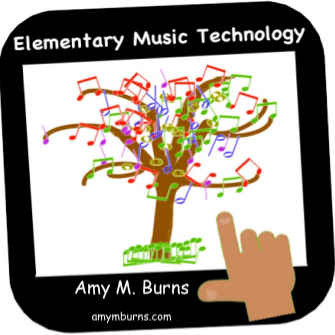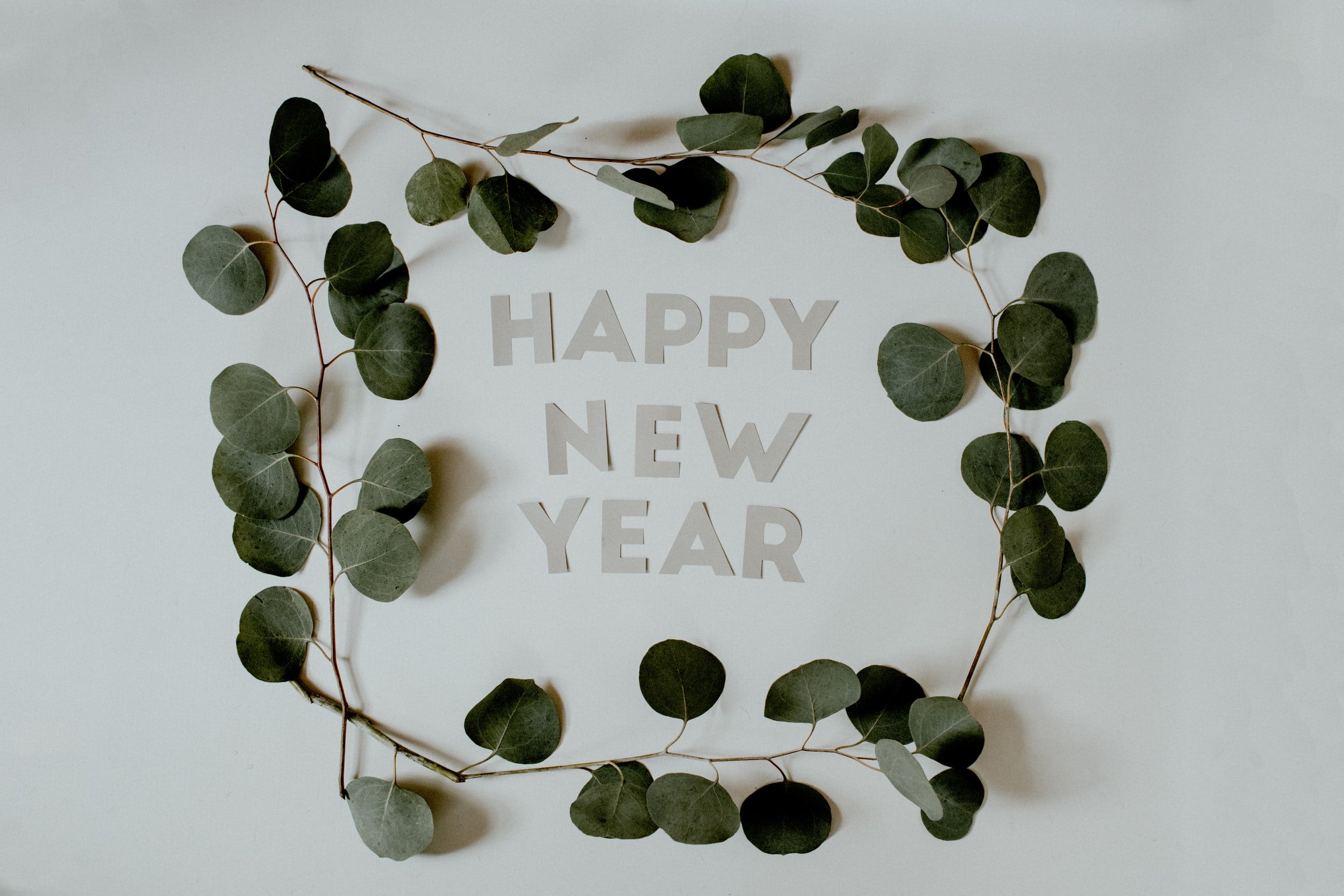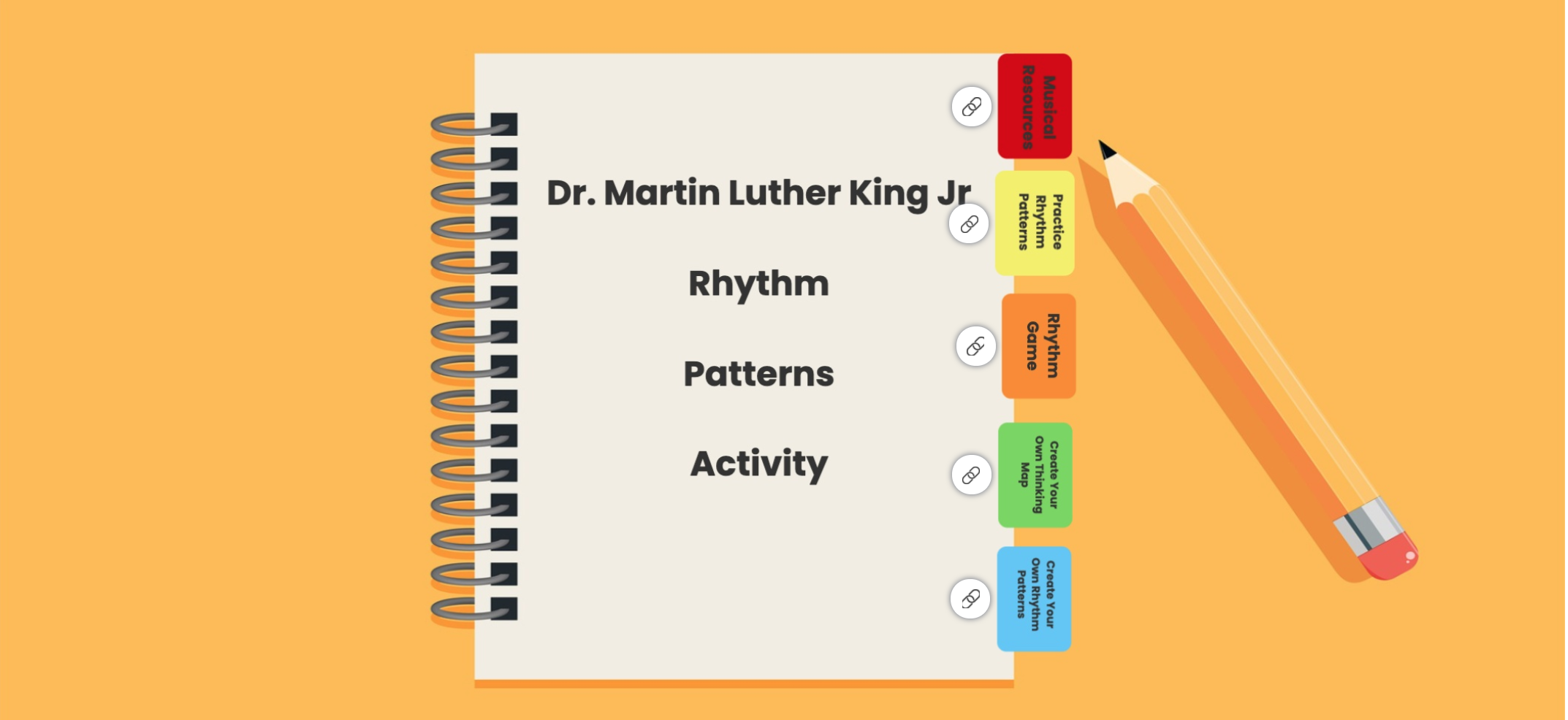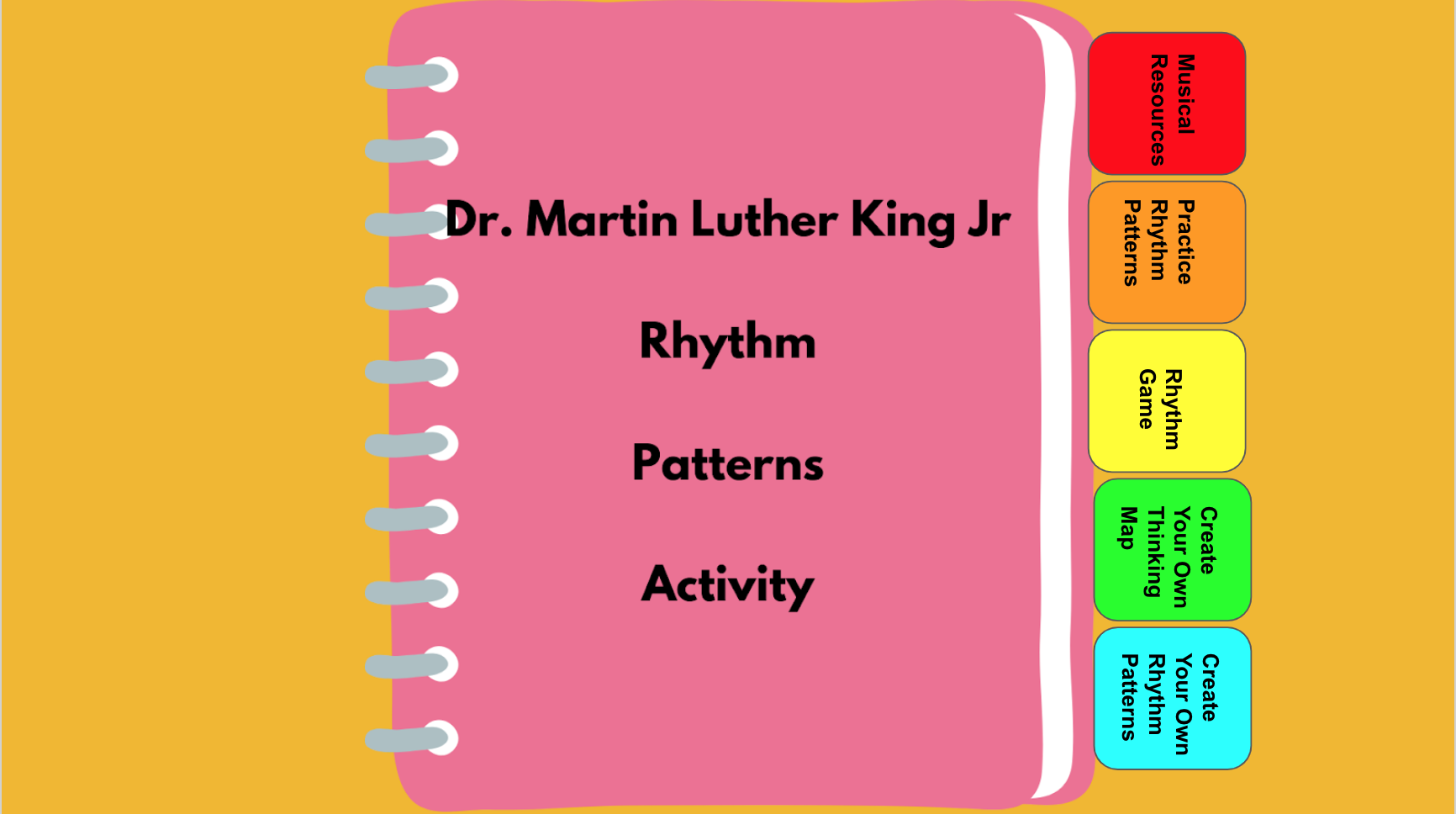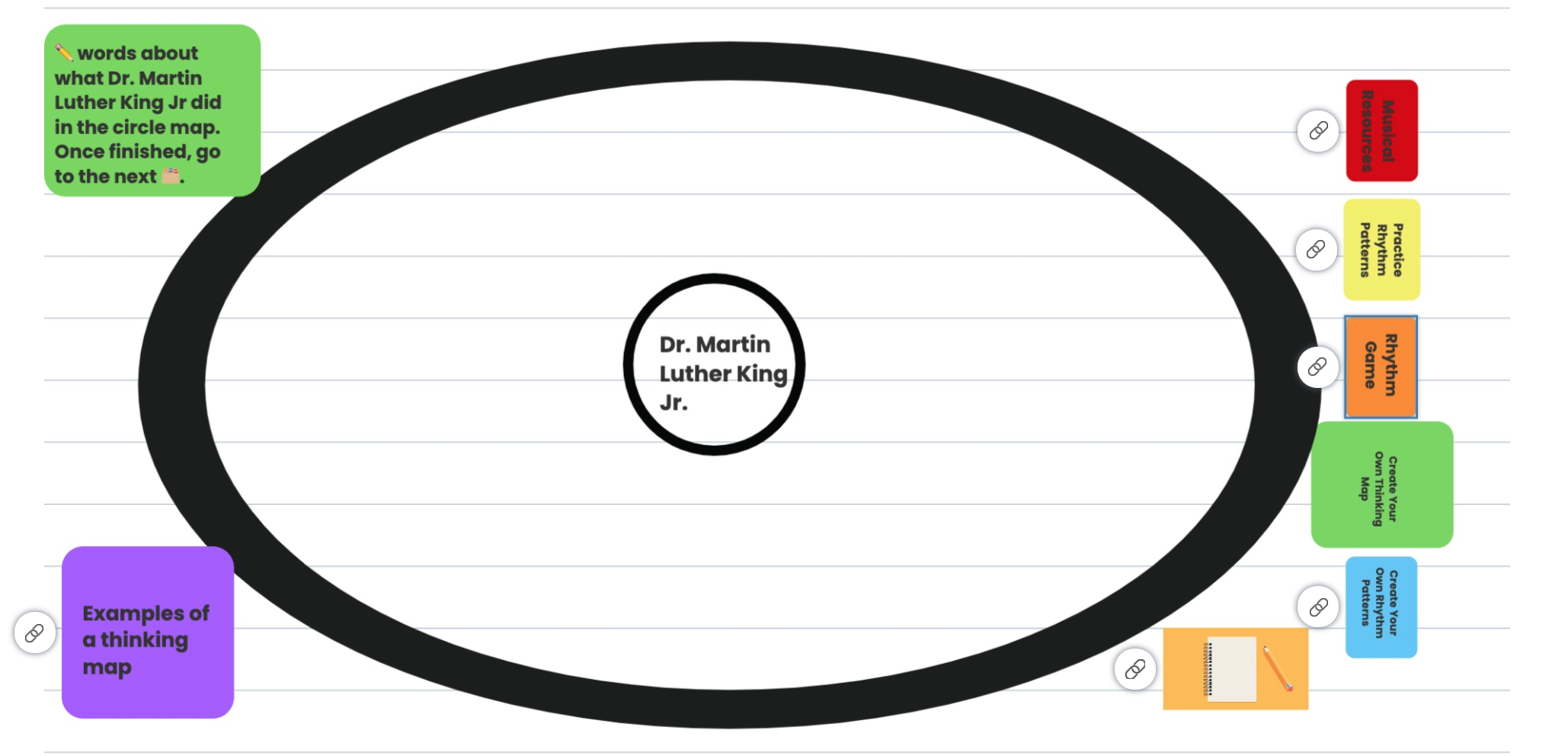The Center for Transformative Teaching and Learning (CTTL) continued its elementary academy for the second day, with us further diving into Mind Brain Education (MBE).
Mind Brain Education (MBE) Mythbusters
We started the day by deciding whether statements about the brain and how children learn were true or false. This was done in small breakout rooms and it was a lot of fun. Trying to discuss and determine each statement was challenging and surprising. The CTTL has a deck of 52 cards with statements (Photo source: https://schoolstore.saes.org/shop-cttl/face-the-mbe-facts-a-neuro-mythbuster-activity-card-set). Out of the 12 that we worked on, we had two where we determined were one way but were actually the other way. The two that surprised some of us were, “Adolescents are better at multitasking” (this is proven to be true) and “In the always-connected-to-technology world students are now growing up in, attention spans are getting shorter” (this is proven to be false). It is an interesting game to play with your colleagues as it leads to healthy debates and discussions about the statements.
Students tell us how they learn
One of the best parts of today was listening to a variety of students, ages 6-11, talk about how they learn best in their classrooms. Many of them, regardless of age, had concurred that these items were essential:
They liked it when the teacher made learning fun (this was perceived as games or projects).
Hands-on projects were a lot of fun (the two kindergarten twins liked art as well as math because they could make things with their hands).
They did not like it when other children were loud in class as it distracted them and then, distracted the entire class.
They liked breaks in their schedule.
They liked knowing their schedule.
They liked having time to get the work done.
What does this mean for elementary music educators?
If you are reading this as an elementary music educator, you are probably not surprised at all by this information. The elementary music classroom is a hands-on classroom, with a variety of learning styles used like movement, hands-on playing of instruments, singing, etc., it does have a routine and pacing, and it gives the students the opportunity to work as an individual, as well as an ensemble.
However, our biggest challenge this year was that what we knew the students needed (all listed above), is what we could not give them in the traditional sense due to the pandemic. Therefore, we adapted and I feel like we succeeded to the best of our abilities. The only way an elementary music educator could not succeed is if the school took the arts program out of the school due to the pandemic. If that happened, let’s hope that the arts are coming back because, as I heard from our students today, they crave a time where they can move, where they can work in a group, where they can have music in their day, where they can use their hands to produce something fun and cool, and music classes and the arts check all of those boxes.
Want to learn more about Mind Brain Education (MBE)?
I will continue blogging my thoughts on this deep-dive. However, the best place to begin is to check out https://www.thecttl.org/ and to read Neuroteach. Finally, if you can ever catch a session presented by Dr. Missy Strong about music and neuroplasticity, I would highly recommend attending it. I have attended a few of her sessions on this topic in the past, and it helps me to understand how students learn music from the youngest of ages.
